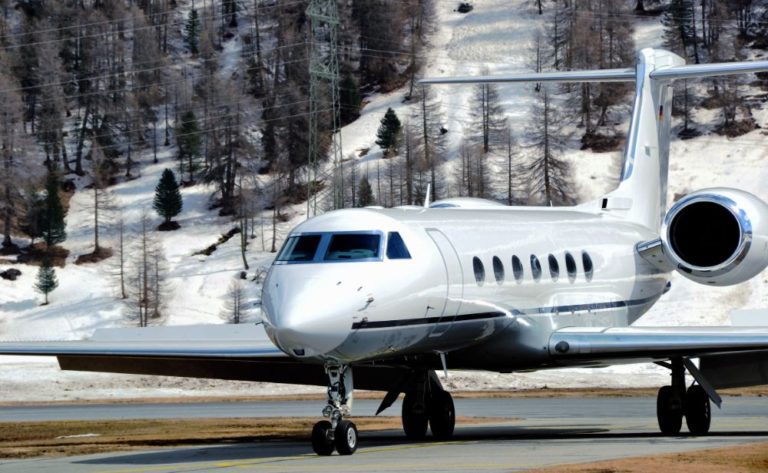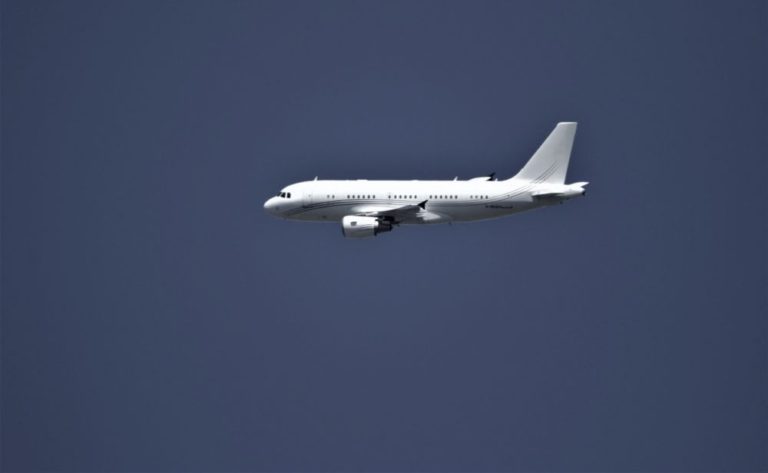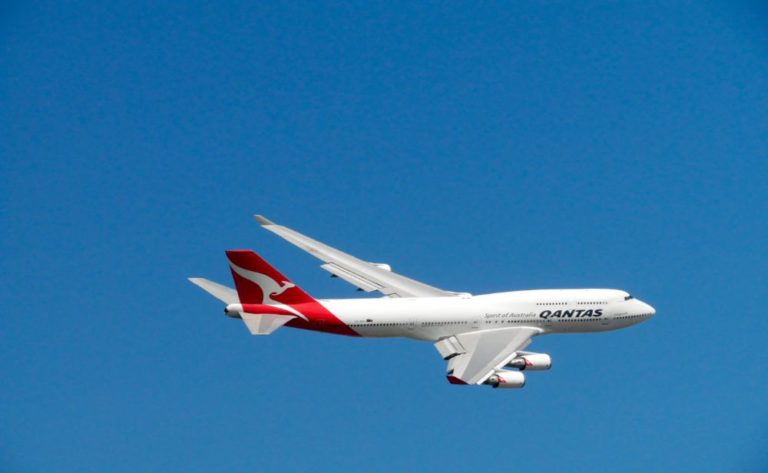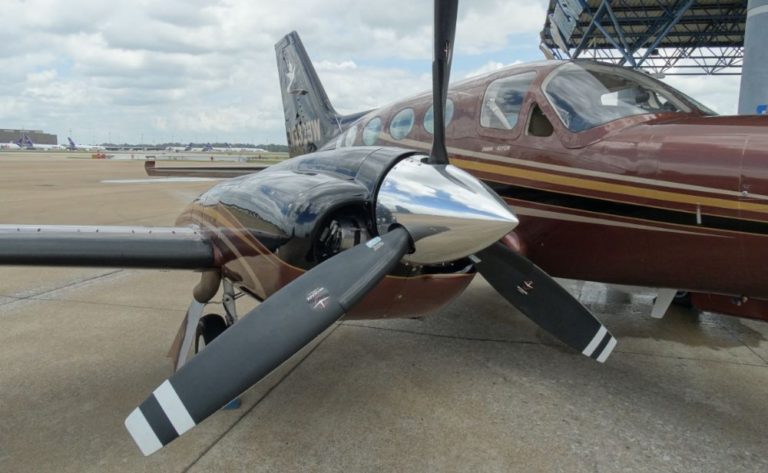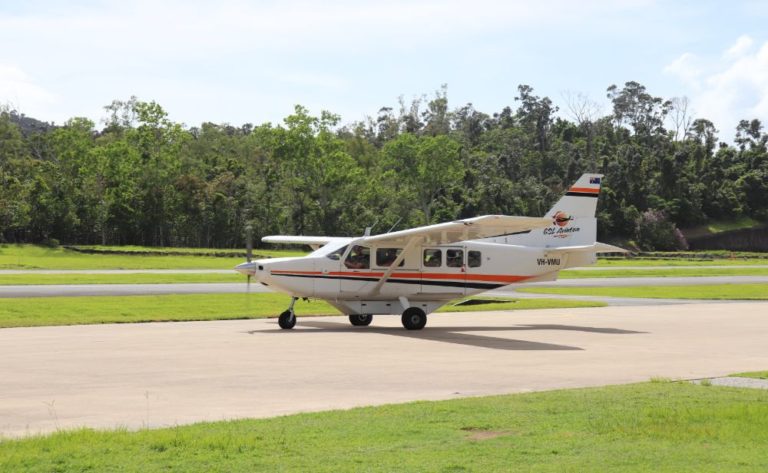Aerobask Embraer Phenom 300

Embraer is a Brazilian aircraft manufacturer that is responsible for the design and production of the “Super Light Jet” aircraft known as the Phenom 300. The popular corporate jet features eleven passengers, in contrast to the Phenom 100, which is its smaller sibling and only has four seats available. Late in April of 2008, Embraer completed the Phenom 300’s maiden flight, and twenty months later, in December of 2009, the manufacturer started delivering the type.
Respected X-Plane developer Aerobask has been secretly working on their interpretation of the Phenom 300, and they have kindly given us a copy of it so that we may deliver an honest evaluation of it without any restrictions. My experience as a real-world pilot who flies aircraft equipped with the G1000 suite, in addition to my connections to the Phenom 100 and 300, gives me reason to believe that I will be able to provide a review that is comprehensive on this aircraft. A quick feature list includes high-quality FMOD sounds made by Daniela Rodriguez Careri, a “Enhanced” Laminar XP1000 suite, an in-depth system simulation, and the standard high-end Aerobask 3D model complete with stunning materials and textures.
Installation
You can begin by installing the Aerobask Phenom 300, which can be done with a simple drag-and-drop action into the aircraft folder of your X-Plane installation. The installation process is fairly straightforward. Upon the aircraft’s initial load, just like with the vast majority of other aircraft, you will be prompted to activate the aircraft using a key.
Because Aerobask makes use of the well-known SkunkCrafts updater, keeping the Phenom 300’s authenticity and relevance up to date is a piece of cake. Using this updater, you will be able to update your aircraft within the simulator either automatically upon the launch of the simulator or manually with the click of a button within the menu. If you intend to make use of the SkunkCrafts updater plug-in, you will need to download it separately from the aircraft download first because, regrettably, it is not included in the aircraft download. It is not entirely obvious whether or not the updater is required to update the Phenom 300, or whether or not we can still download the most recent version from the shop as we normally would.
Documentation
The Phenom comes with a comprehensive documentation package that was included by Aerobask. They have included a total of seven PDF files, which cover topics such as the Flight Manual, Normal Checklists, Performance, Procedures, TOLD Card (LBs and KGs), and the recommended settings for the aircraft. The amount of thought and character that Aerobask has placed into these documents has left a strong and favourable impression on me. They are quite well written, taking into account all technical performance and normal operating practises while preserving a structure that is simple to read and navigate for the typical user of the simulator.
The “Flight Manual” document that is included in the package contains material that is comparable to the genuine Phenom 300 Flight Manual; however, this information has been condensed and structured into a document that is more suited for flight simulation. The document contains information about aircraft specs, limitations, cockpit panels, avionics, aircraft exterior panels and equipment, as well as material intended for users of flight simulation software, such as tips and tricks, instructions for AviTab, the menu systems, and Aerobask credits.
The performance document for Aerobask includes everything from thrust setting tables and takeoff analysis tables all the way up to landing data tables and approach data tables.
The genuine Phenom 300 Flight Manual contains a lot of the same material that is included in the procedures document. Both of these documents are connected to the functioning of the aircraft. This document contains an emergency checklist, an icing checklist, a normal checklist, an abnormal checklist, and a limited operational checklist.
These manuals contain absolutely everything that you require to pilot the Phenom 300 in an effective and safe manner, and Aerobask has included it everything for you. They did an excellent job at making the technical facts easy to read and comprehend thanks to the effort that they put in. Well done!
Cockpit
The interior of the Aerobask Phenom 300 is remarkable and stands up to the great reputation that Aerobask has earned for producing high-quality products. The interior of Aerobask’s Phenom 300 is designed to conform to the standard layout for corporate aircraft, and it features metallic silver accent plating, cream leather cockpit seats that are in pristine condition, and characteristic Embraer inverted-V yokes. The use of high-quality PBR materials in conjunction with meticulously detailed colour textures has resulted in the creation of an extraordinarily stunning aeroplane cockpit. I am quite familiar with the Phenom line of planes, and despite this, I am unable to identify a single aspect of the cockpit of Aerobask’s Phenom 300 that could use some sort of improvement. Every single switch has been modelled with a high-quality model, and it has been linked with user-friendly manipulators so that interacting with it is an absolute breeze.
The manner in which Aerobask has modelled the G1000 (XP1000) suite displays is one aspect of the cockpit that I find really appealing. Glass panel display reflections in X-Plane aircraft are typically either significantly overdone or significantly underdone than they should be. It is rare for there to be perfect equilibrium. Because I am a genuine pilot who makes frequent use of G1000 suites, I can acknowledge and appreciate the fact that Aerobask has succeeded in perfecting the reflection quality of their Phenom 300. This is a relatively insignificant and specialised aspect of the product, but it has the potential to significantly improve the product as a whole.
In addition, one of the aspects of the cockpit that I value is the fact that Aerobask has gone to the trouble of modelling each and every circuit breaker in 3D, complete with PBR and precise labelling. Despite the fact that the simulation is not detailed enough to make use of these circuit breakers, this is another another aspect that really demonstrates the authenticity of the modelling.
These minute elements, such as glass panel reflections, modelled and labelled circuit breakers, pens, and headsets scattered around the flightdeck, really give me an appreciation for the amount of work that Aerobask has placed into its Phenom 300.
Cabin
For their Phenom family of aircraft, Embraer provides passengers with a choice of four distinct cabin configurations. It is really impressive that Aerobask has decided to model all four of the choices that are exclusive to the livery.
The inside of the Phenom 300 has been painstakingly reproduced by Aerobask to an extraordinary standard, bringing it in line with the high standard set by the cockpit. The amount of care and attention to detail that has been put into this cabin is quite remarkable. Every lamp, window shade, foldable table, and door in the house may be operated, and each one comes with its own unique sound effect.
When I was fiddling with the window blinds, I realised that the sounds weren’t as engrossing as they usually are. I went to the back of the cabin and discovered that the sound of an opened window shade at the front of the cabin is either exactly the same as or very similar to the sound of an opened window shade immediately beside the camera. This problem is extremely insignificant, and as a result, I do not believe that it casts a shadow of doubt on the high-quality of the cabin.
In order to offer a really good picture of the tremendous amount of detail that has been poured into this cabin, I noted that the faucet and toilet in the lavatory operate. This is just one example of the extensive amount of work that has been put into this cabin. If you press the button on the faucet, the water will run for eight seconds after you press it. The interior of the cabin features further attention to detail thanks to the inclusion of a flushing toilet and cupboard drawers that can be opened and closed. You really outdid yourself!
Avionics
When it comes to the avionics of the aircraft, the Phenom really shines in a lot of different categories, but it also starts to show places where it may be improved. Shortly after the XP1000 suite has been powered on, the aircraft will immediately begin a series of automated self-test sequences, all the while TAWS and TCAS will play audible tests. Each and every manual and self-test procedure has been meticulously reproduced and is an accurate representation of the actual plane.
Beginning with the ISFD (Integrated Standby Flight Display) that is mounted on the glareshield, this unit has an onboard AHRS (Attitude Heading Reference Unit) that requires little more than one minute to align. It is imperative that the aeroplane not be moved while the alignment is being done. During the process of aligning the ISFD, I used the X-Plane map tool to quickly move the plane about. It did not appear that this caused any interference or disruption to the alignment in any way. I had high hopes that a specialised instrument such as the ISFD would have a simulation of the alignment procedure that was accurate and would contain repercussions for those who did not observe the alignment period. Unfortunately, it will align regardless of whether or not the aircraft is moving, and it appears that an alignment performed while the aircraft is moving does not have any negative consequences.
Moving down to the G1000 PFD units, it is a bummer that Aerobask decided to employ the XP1000 units as their default option. They have made significant alterations to the XP1000s, but none of the faults or errors associated with them have been resolved. The default G1000 avionics are missing many tools and pages, such as the Trip-Planning page, the Utility page, the Checklist page, the Storm Scope page, the Weather Data Link page, the TAWS page, the INTC/NDB/VOR/User WPT Info pages, the Storm Scope page, the TAWS page, and the INTC/NDB/VOR Info pages. Even though the majority of these pages are only utilised infrequently, they each have a unique role that may prove to be essential in certain flying circumstances.
For instance, if you are flying a Phenom 300 into an airport such as Telluride in Colorado, United States, it is very important to have a proper TAWS page rather than just a TAWS overlay on the map screen. This will allow you to confidently navigate mountain valleys, which the TAWS overlay will show on the map. Despite the fact that the XP1000 has some restrictions, each and every function and page that is required for ninety percent of flights is operating without a hitch. Although I am aware that this is not a problem with the work that Aerobask has done, the fact that it was decided to include a system that is not yet fully functional as the primary means of controlling the aircraft is a disadvantage.
The PFD comes equipped with a form of artificial vision. The real-world G1000s installed in legacy Phenoms did not come equipped with any kind of synthetic vision given by Embraer; however, later versions offered an optional SVT package as an accessory. I am unsure whether Aerobask has chosen to simulate an SVT upgrade that some Phenoms have undergone, or whether Aerobask was attempting to bridge the gap between the XP1000 units and the G3000 or G1000 NXi units that can be found on newer Phenoms. If Aerobask has chosen to simulate an SVT upgrade, I am unsure whether this was done intentionally or not. Phenoms that are equipped with the base Prodigy avionics suite do not have access to any of the additional features that are available when upgrading to the Prodigy Touch (G3000) or Prodigy G1000 NXi. It is not apparent which version of the Prodigy G1000 suite Aerobask attempted to simulate; however, the resultant simulation did not fit either of the versions very well.
Moving on to the MFD, Aerobask has incorporated a number of specialised system pages into the MFD that are tailored to the Phenom 300. I am unable to comment on the authenticity of the information that is presented on these pages; nonetheless, I would presume that the content has been thoroughly evaluated by the Phenom 300 flight crew that is a part of Aerobask’s beta team. Because Laminar’s XP1000 technology is used to construct the MFD, it suffers from the same limits and inaccuracies as are found on the PFD. On the left side of the MFD, where there are curved lines, there is some pixelation in the display. Pixelation can be seen on the form of the wing in the FLAPS cross-section, for instance. However, I feel that there is a problem with the panel instrument system that is included with X-Plane.
The G1000 suite can be difficult to use for a lot of people. Because the flight management system (FMS) can be controlled by only two small rotary knobs, I know that the avionics suite is one of the things that I dislike the most, both in real life and in the flight simulator. It may take a significant amount of time, particularly if the route being entered is a lengthy one, to enter a full route. The Phenom 300, however, makes use of a combination of XP1000 knobs and a keypad, which, thankfully, alleviates the frustration caused by the tiny knobs and significantly improves the device’s usage.
Sounds
Another domain in which the Phenom 300 shines is that of sound. Everything that might possibly make a sound has been faithfully and credibly recreated in Aerobask’s Phenom 300, making the FMOD sound an absolute treat for the ears. Daniela Rodriguez Careri in particular deserves a great deal of praise for the work that Aerobask has done on the FMOD sound. The sounds of the window shades, which were noted earlier, are the only problem that I can discover that is related to sound.
It is equally enticing to position the camera outside of the aeroplane as it is to do so inside. The Pratt & Whitney PW535E engines, which sound just like what an iconic business jet should sound like, can really be appreciated during the takeoff roll of the aircraft.
It is up to you to find all of the hidden treasures hidden throughout the aeroplane, which are accompanied by Daniella’s remarkable sound design and which I will not spoil for you. You are in for a pleasant surprise!
The dynamics of flight
The Aerobask Phenom 300 flies in a manner that is quite consistent with what one would anticipate from a light corporate jet. The Phenom 300 cruises at a speed that is approximately 75% of the speed of sound, yet it still manages to keep its stall speed (Vs0) at an astonishingly low 89 KIAS when it is configured for landing. I was making the most of my time with the Phenom by putting it through its paces with some work in the upper air. The stalling behaviour of Aerobask’s interpretation is spot-on with what a pilot would expect to see. Control loss is highly noticeable up to the point at which a stall occurs, after which the nose dips and recovers almost entirely independently of input.
It’s a tonne of joy to touch down in the Phenom 300. Due to the low speed at which the aeroplane is able to stall, it is able to operate out of nearly any airport, and it is excellent for making tight spins within mountain valleys. When piloting the Phenom, pilots have the best of both worlds: on one end, the aircraft is sluggish and nimble, and on the other end, it is extremely fast and steady. There is no way that any flight simulator pilot could be dissatisfied with the manner that this aircraft flies.
Exterior Modelling
In the same vein as the inside, Aerobask has put in an extraordinary amount of effort to make sure that their interpretation is as accurate to real life as it possibly can be. It is without a doubt something that lives up to their reputation.
The Phenom 300 comes in nine different liveries, one of which is a 2K livery designed specifically for pilots who are using less powerful machines.
The inclusion of a gasoline panel that may be operated immediately drew my attention to something in particular. It is an excellent innovation that sheds light on the calibre of the product, however I am not entirely certain how frequently pilots will make use of this function in the future.
In addition to this, Aerobask has incorporated the typical selection of ground service equipment and static elements, both of which are now generally recognized as constituting industry standards in the X-Plane add-on market.
Conclusion
The Aerobask Phenom 300 has left me with a profound sense of admiration. Almost everything offers a high level of satisfaction and is of high quality. This depiction of the Phenom 300 will, without a doubt, find its way onto the list of the most impressive business jets that are now available for use in home flight simulators.
The pilot’s office only had one problem, which was caused by the limitation of the XP1000, despite the fact that the inside is magnificent and nearly faultless. However, for the vast majority of home pilots, this will not in any way constitute a detriment.
I cannot speak highly enough of this aircraft to anyone who is curious in corporate aviation or who is looking for an opportunity to try something completely different. I’m sure you won’t regret your buy.
I would like to express my gratitude to the staff at Aerobask for granting me permission to evaluate the quality of their product.
